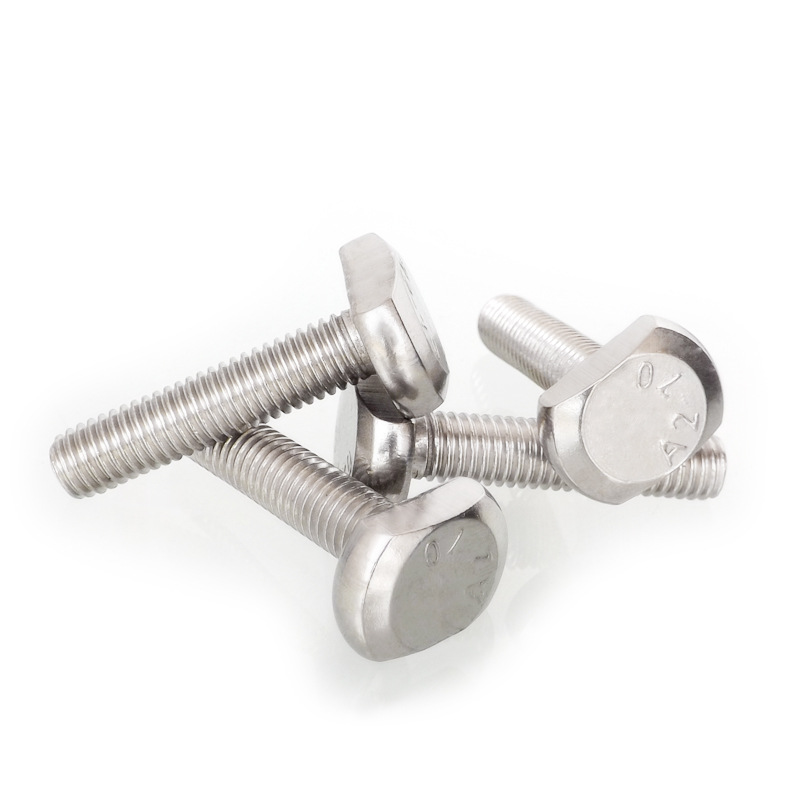

Techniques for Installing Self-Tapping Screws into Metal Surfaces Efficiently and Effectively
Oct . 15, 2024 07:47 Back to list
Techniques for Installing Self-Tapping Screws into Metal Surfaces Efficiently and Effectively
The Art of Drilling Self-Tapping Screws into Metal A Comprehensive Guide
Self-tapping screws have become an essential component in modern construction and maintenance, particularly when it comes to working with metal. Their ability to create their own threads as they are driven into materials makes them a preferred choice for various applications. In this article, we will explore the intricacies of drilling self-tapping screws into metal, discussing the preparation, technique, and best practices to achieve optimal results.
Understanding Self-Tapping Screws
Self-tapping screws are specialized fasteners designed to cut into the material they are being driven into, which eliminates the need for pre-drilled holes in many instances. They come in various types, including thread-forming screws and thread-cutting screws, each suited for specific applications. Thread-forming screws displace material to create threads, while thread-cutting screws remove material, creating perfectly shaped threads.
Preparation Tools and Materials
Before embarking on a project involving self-tapping screws and metal, it's crucial to gather the right tools and materials. The basic requirements include
1. Self-Tapping Screws Choose screws made of high-strength materials, such as steel or stainless steel, depending on the environment's corrosive potential. 2. Drill/Driver A cordless or corded drill with adjustable speed settings can provide the control needed for effective driving of screws. 3. Drill Bits While self-tapping screws often do not require pre-drilling, using a pilot hole can be beneficial in dense metals. 4. Center Punch This tool can help to prevent the drill bit from wandering when making an initial hole. 5. Safety Gear Always wear safety glasses and gloves when working with metal and power tools to ensure protection from metal shards and debris.
Technique How to Drill Self-Tapping Screws into Metal
1. Mark the Location Start by precisely marking the spot where you intend to drill. This could be using a pencil or a center punch to create a small indentation.
drilling self tapping screws into metal

2. Center Punching If the metal is particularly thick or hard, using a center punch will create a dimple in the surface to help your drill bit stay on target.
3. Drilling a Pilot Hole (Optional) For harder metals or larger screws, drilling a small pilot hole can make the process easier. Use a drill bit that is slightly smaller than the diameter of the screw. This step can also help reduce stress on the screws, minimizing the risk of breaking.
4. Drilling the Self-Tapping Screw Set your drill/driver to a moderate speed and begin driving the screw into the metal. If using a low-speed drill, ensure you apply consistent pressure without forcing the screw, allowing it to cut through the metal effectively.
5. Monitor Depth Be cautious not to overdrive the screw, as this can strip the threads and weaken the connection. Many drill/drivers come with adjustable clutches that can help prevent over-tightening.
Best Practices for Success
- Choose the Right Screw Ensure that the screw’s size and type are appropriate for the metal thickness and the load it will be bearing. - Maintain Consistent Speed Maintaining a steady speed while driving can produce cleaner cuts and tighter connections. - Use Lubrication When dealing with thicker or tougher metals, applying a bit of cutting oil to the screw can ease the drilling process and extend the life of your tools.
- Regular Maintenance of Tools Keep your drill and bits in good condition. Dull bits can create unnecessary friction and lead to poor results, making it essential to substitute them as needed.
Conclusion
Drilling self-tapping screws into metal is a skill that combines knowledge of tools, materials, and techniques. By preparing adequately, understanding the types of screws and metals involved, and following best practices, anyone can master the art of fastening metal securely. Whether you are a DIY enthusiast or a seasoned professional, incorporating self-tapping screws into your projects can save time and enhance the integrity of your work. Always prioritize safety and precision for successful outcomes every time.
Latest news
-
Hot Dip Galvanized Bolts-About LongZe|High Strength, Corrosion Resistance
NewsJul.30,2025
-
High-Strength Hot Dip Galvanized Bolts - Hebei Longze | Corrosion Resistance, Customization
NewsJul.30,2025
-
Hot Dip Galvanized Bolts-Hebei Longze|Corrosion Resistance&High Strength
NewsJul.30,2025
-
High-Strength Hot-Dip Galvanized Bolts-Hebei Longze|Corrosion Resistance&High Strength
NewsJul.30,2025
-
Hot Dip Galvanized Bolts-Hebei Longze|Corrosion Resistance&High Strength
NewsJul.30,2025
-
Hot Dip Galvanized Bolts - Hebei Longze | Corrosion Resistance, High Strength
NewsJul.30,2025

